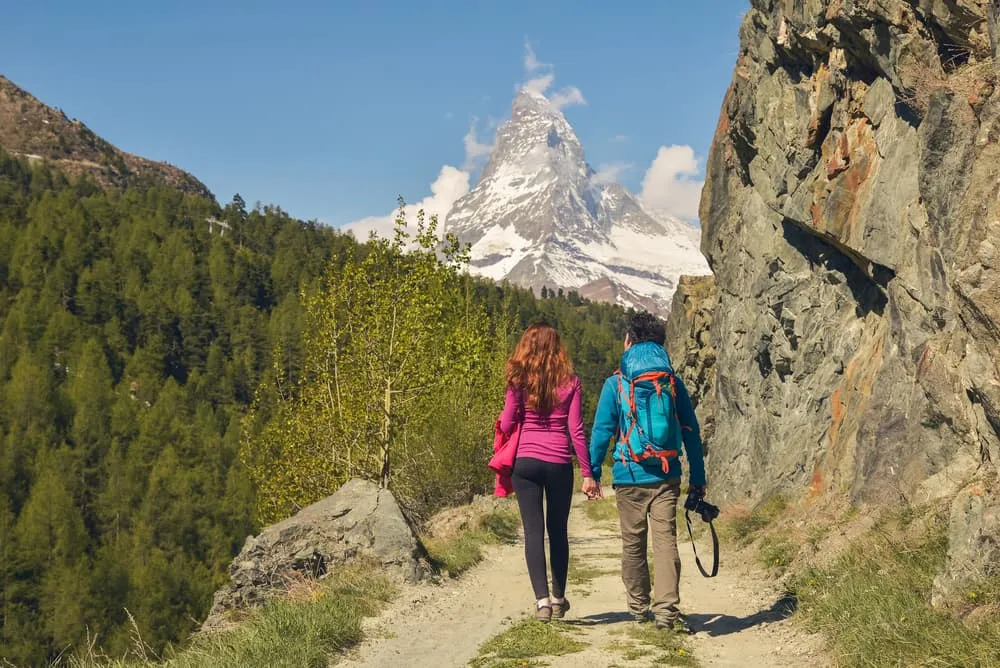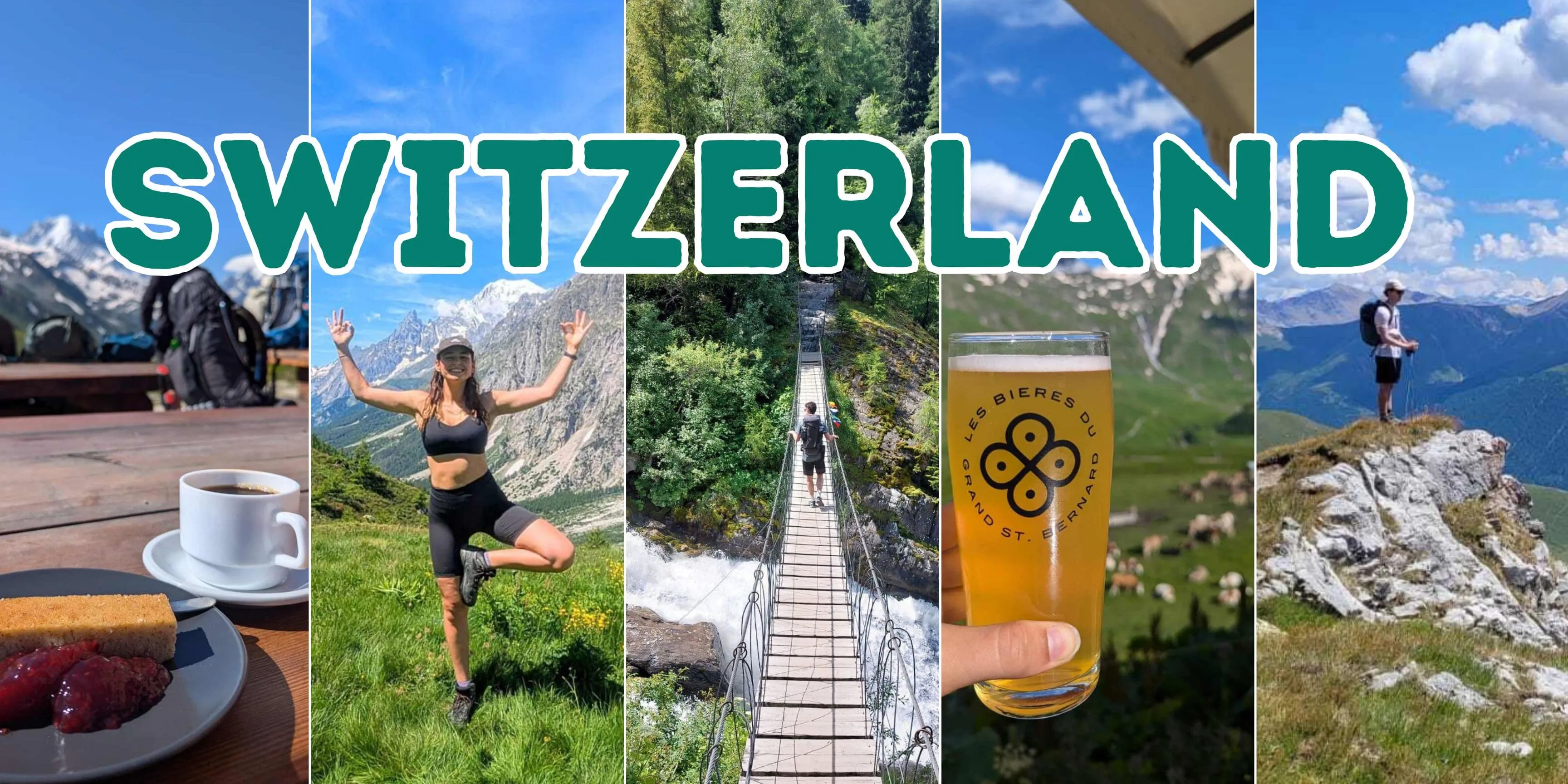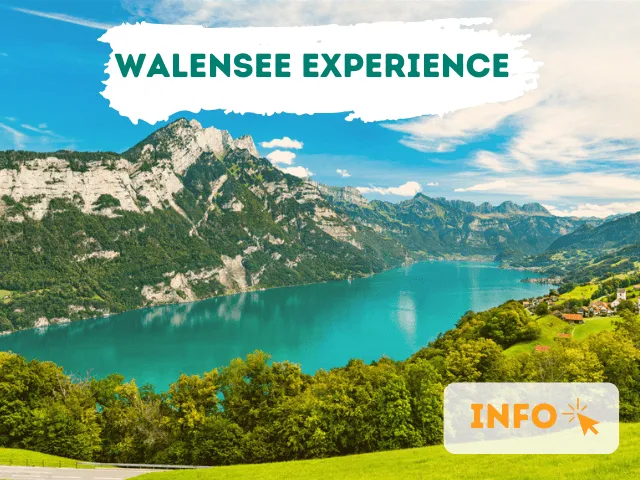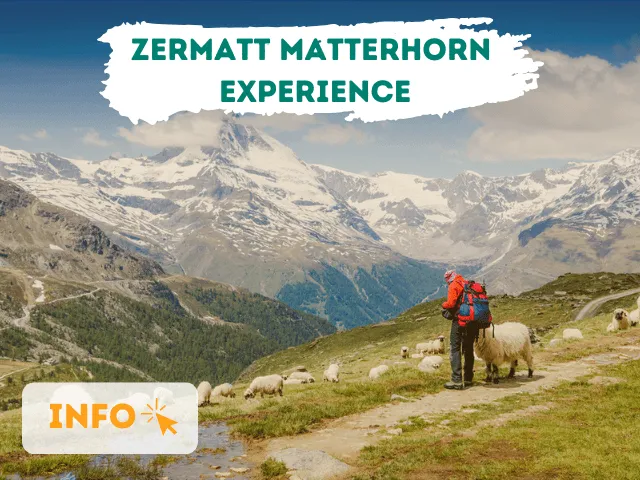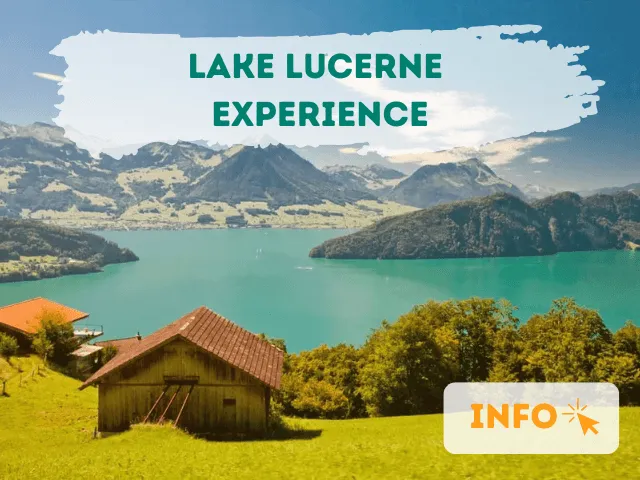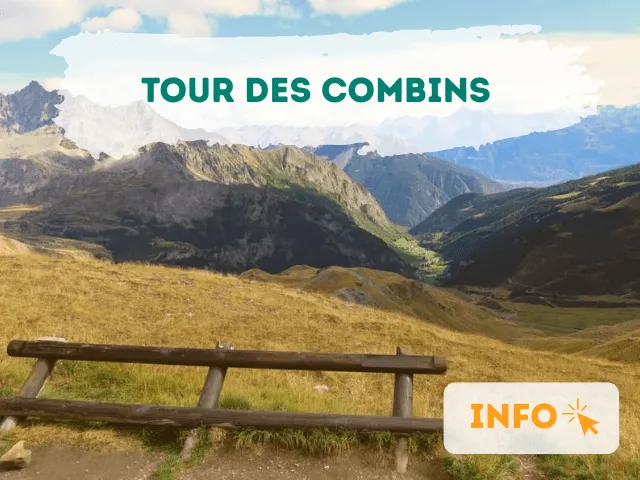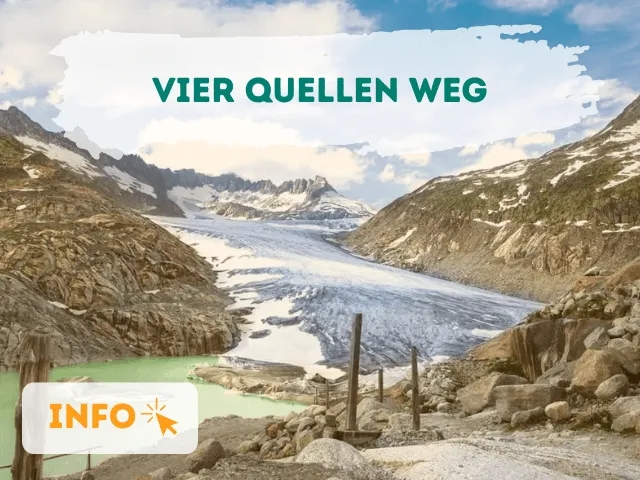Discover Switzerland’s Breathtaking Trails — Without the Stress of Planning Every Detail, Even If You’ve Never Hiked in the Alps Before
Imagine yourself crossing a quiet mountain ridge, cowbells echo softly in the valley below, and the snow-dusted peaks of the Alps stretch endlessly ahead. A picnic by a turquoise lake, the scent of pine in the air — it’s not a postcard, it’s your day on the trail.
From the mirror-like waters of Lac Blanc and Walensee to the panoramic trails around Lake Lucerne and the mighty Matterhorn in Zermatt, Switzerland is a hiker’s paradise. Whether you’re chasing alpine challenges or slow-paced strolls through flower-filled meadows, our handpicked routes blend wild beauty with Swiss charm — all tailored to your rhythm. With Bookatrekking.com, your only job is to lace up and step into the magic. We handle the rest.



